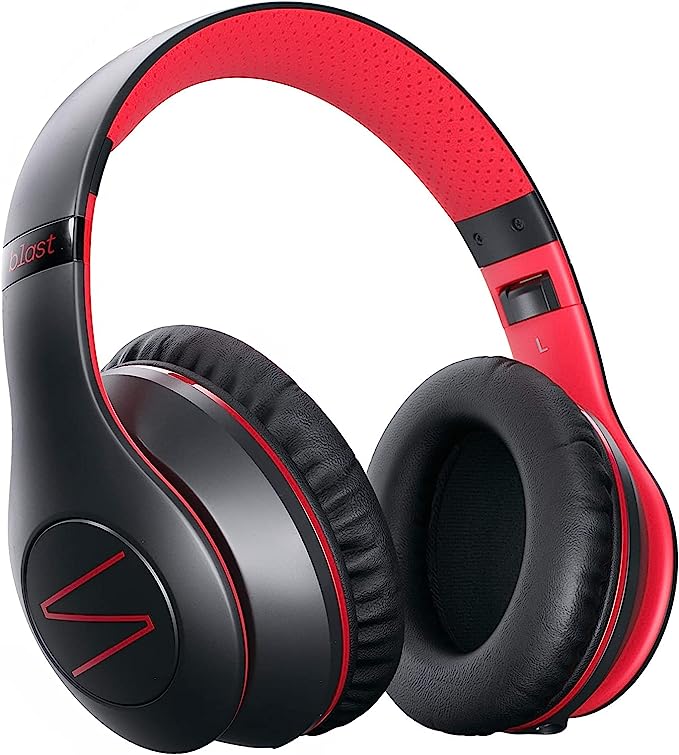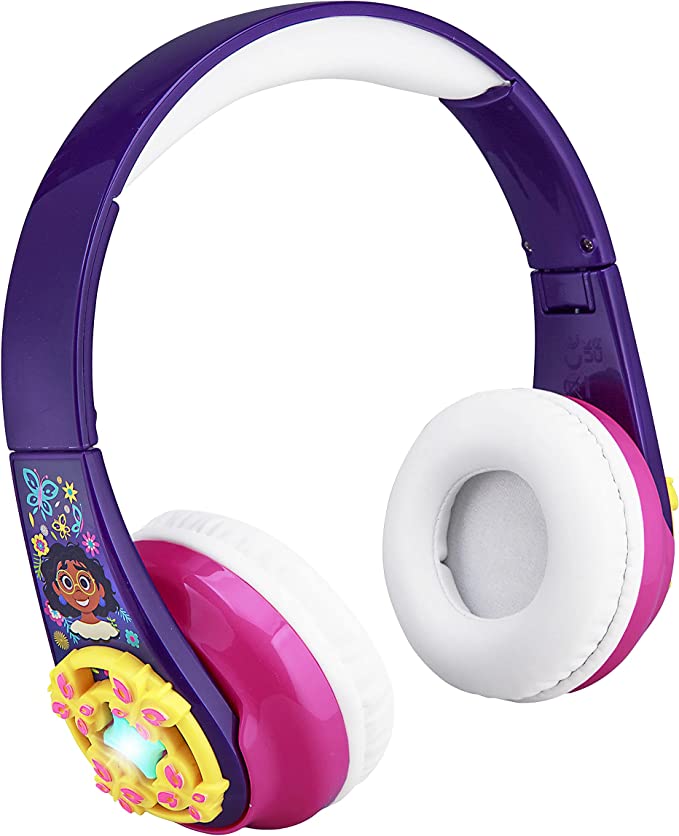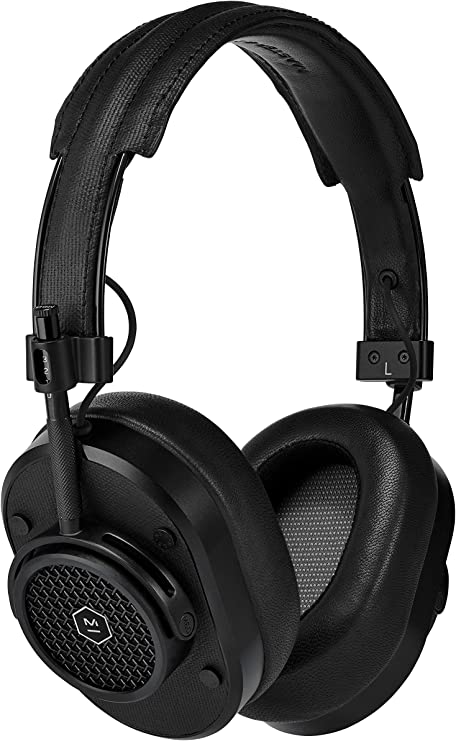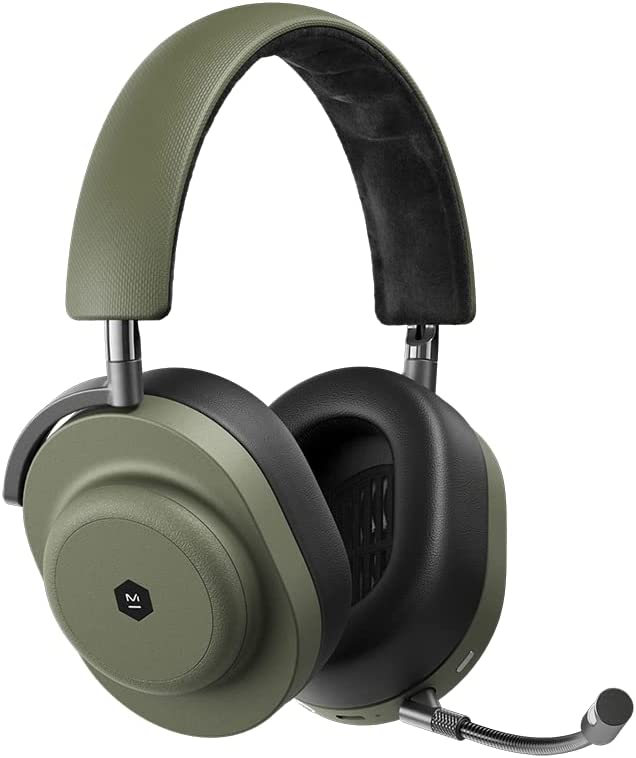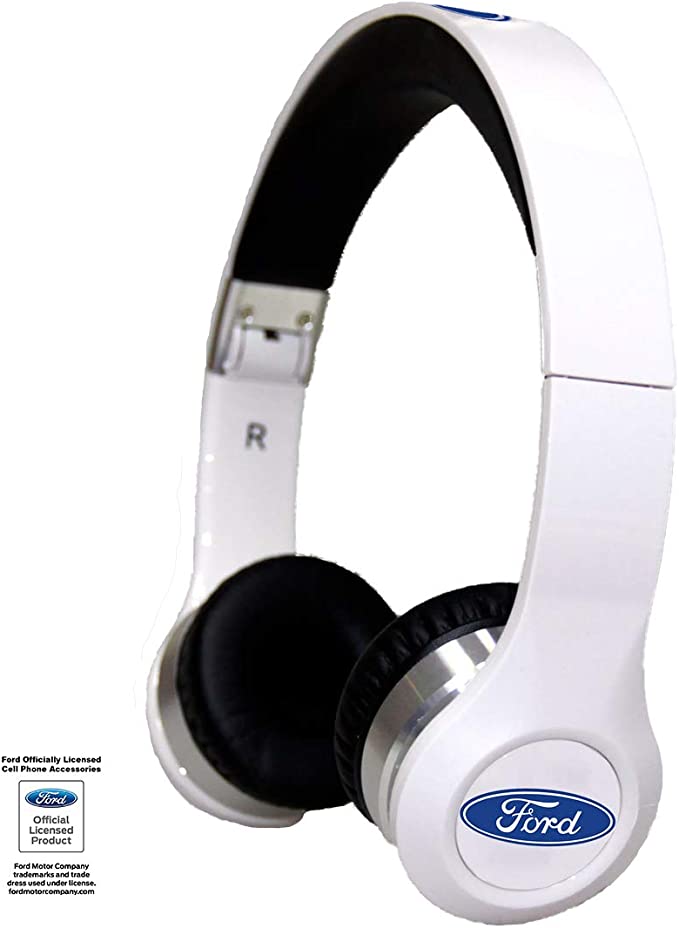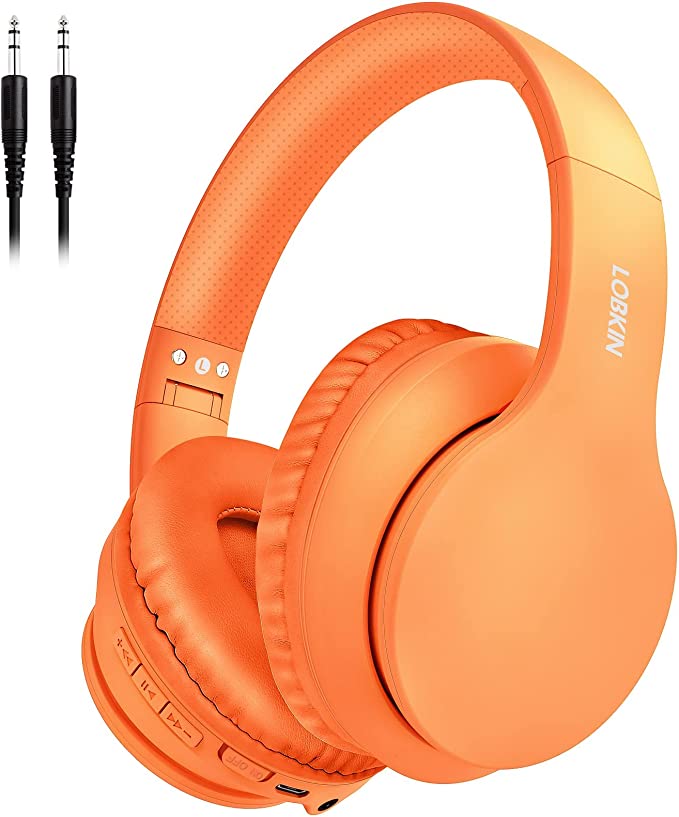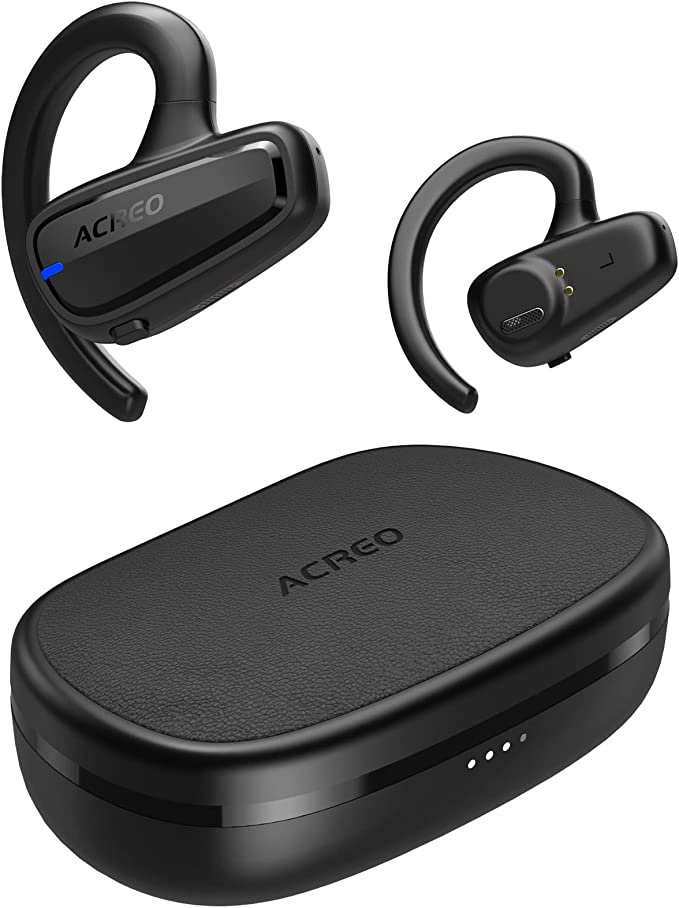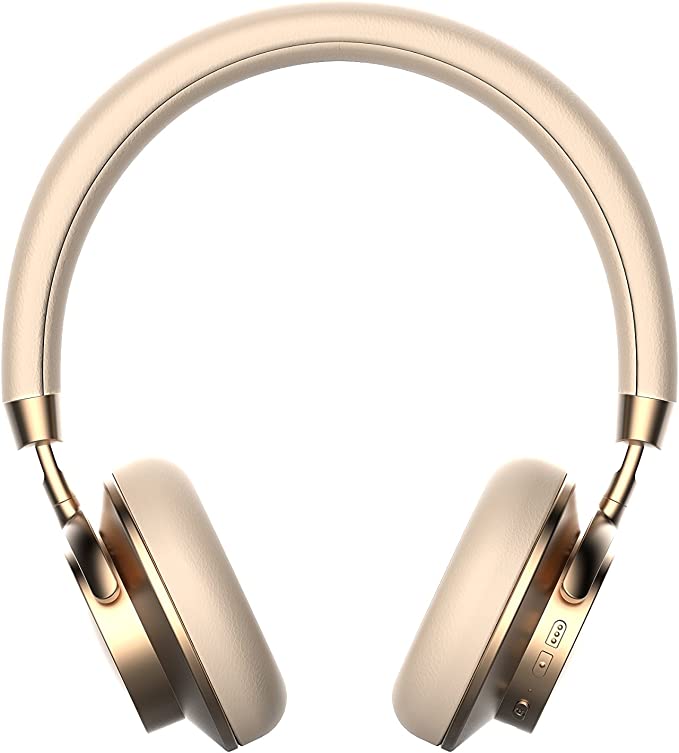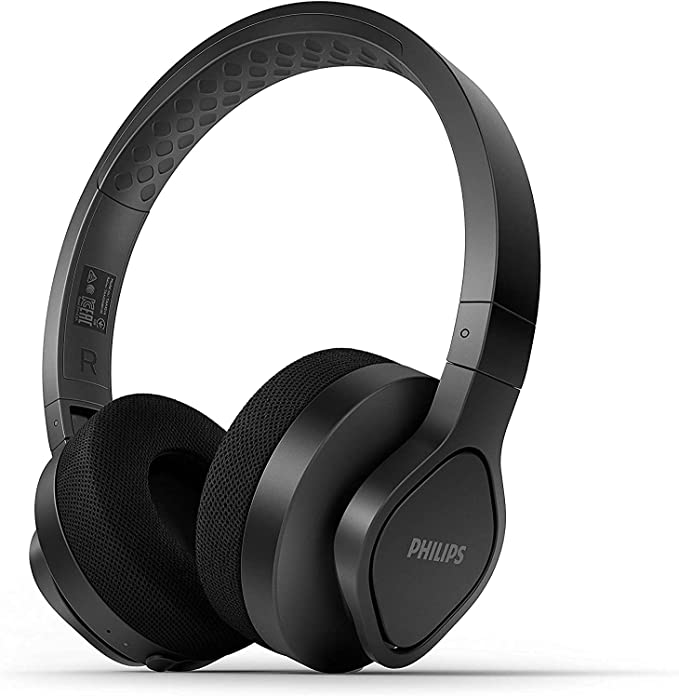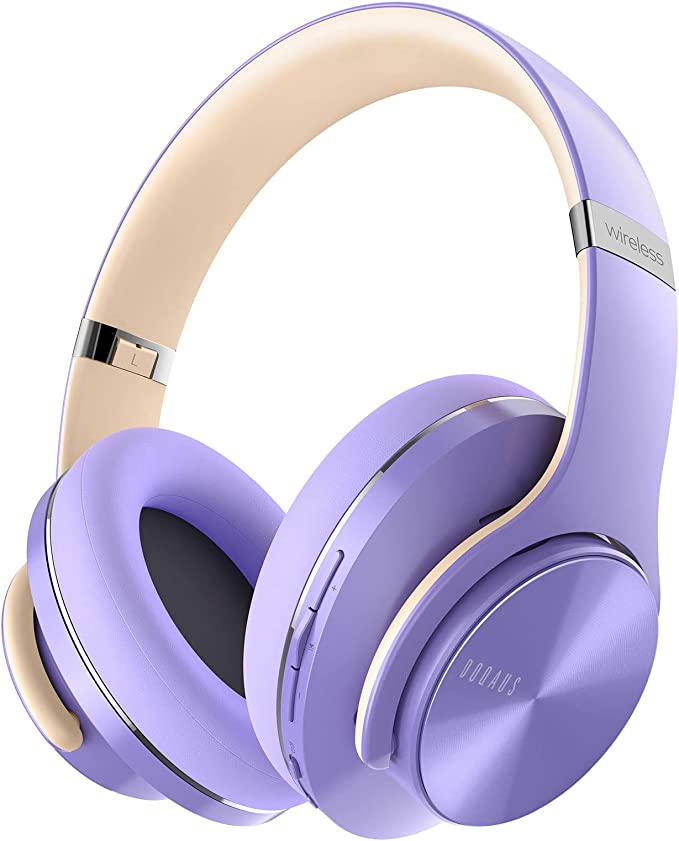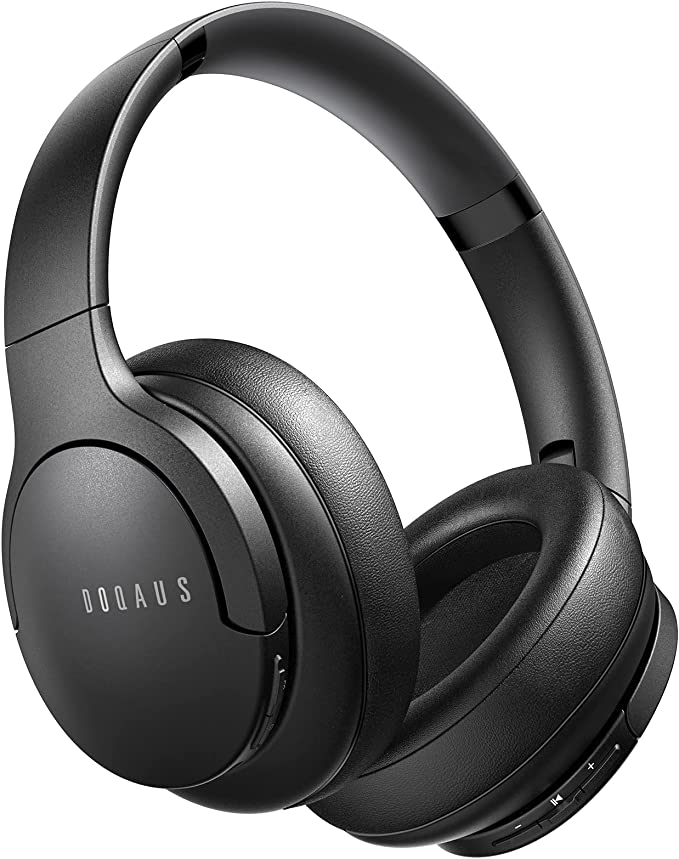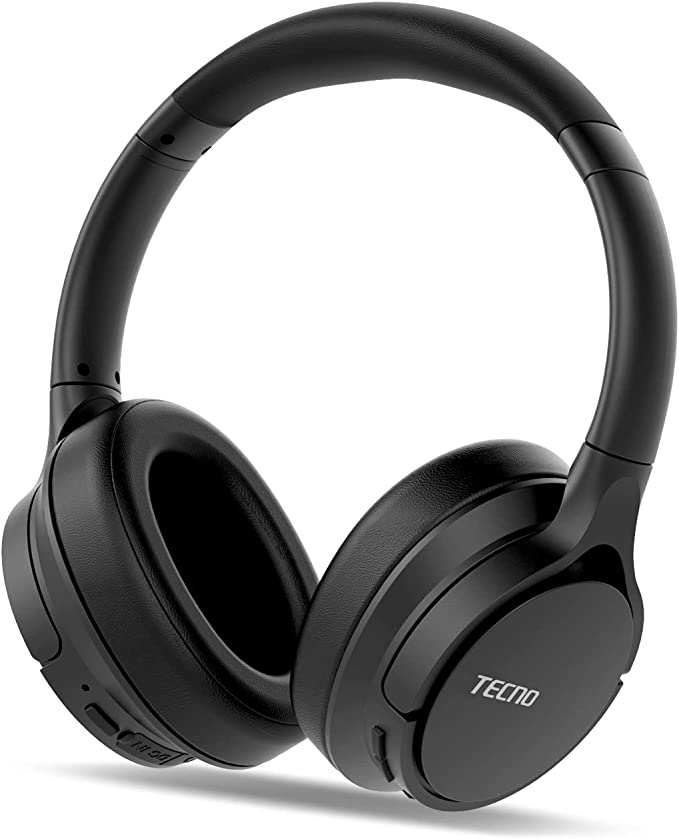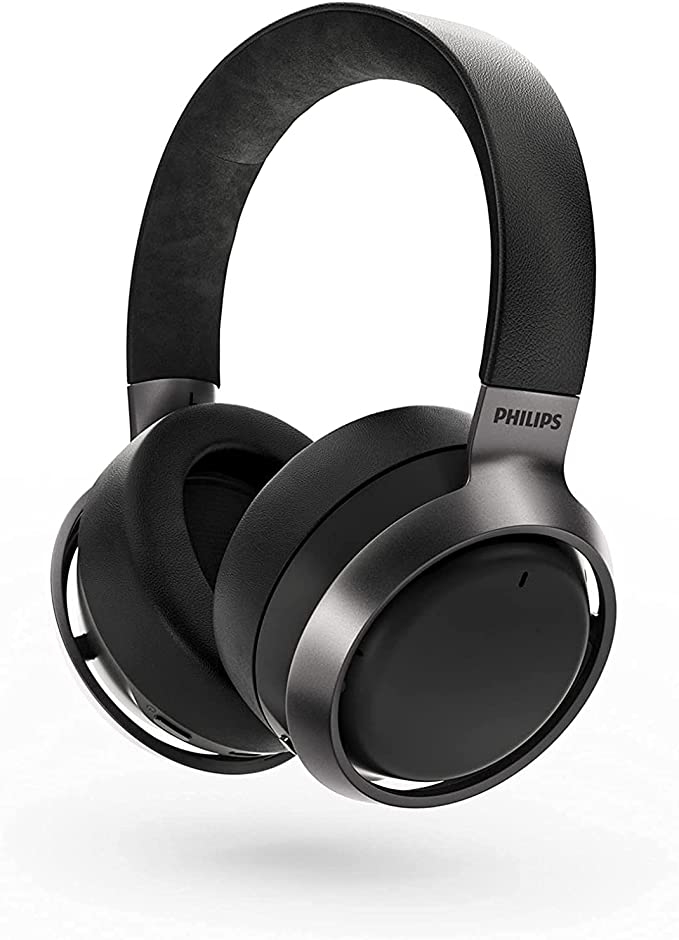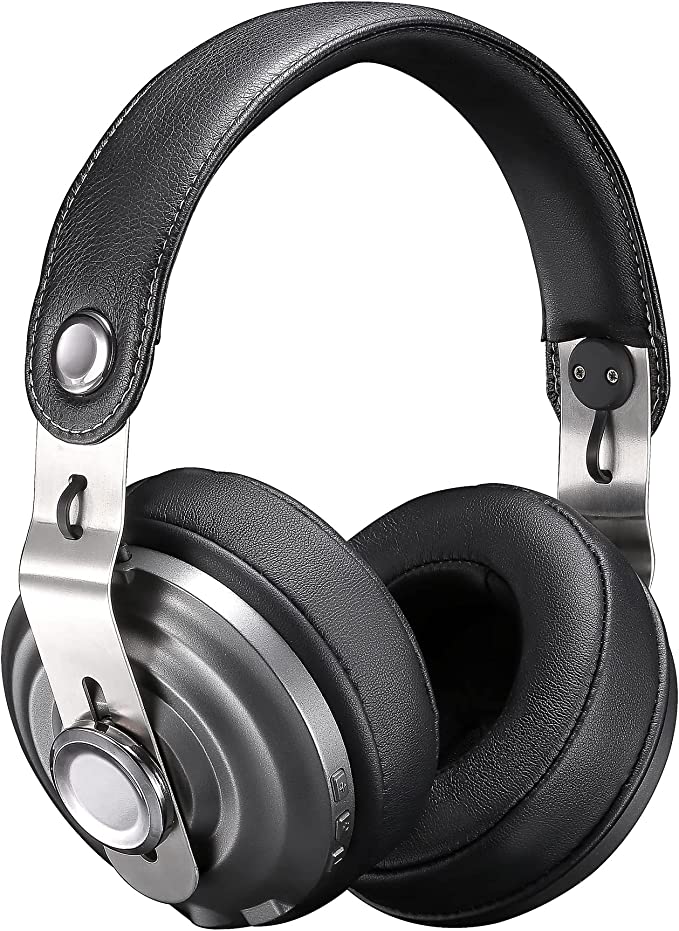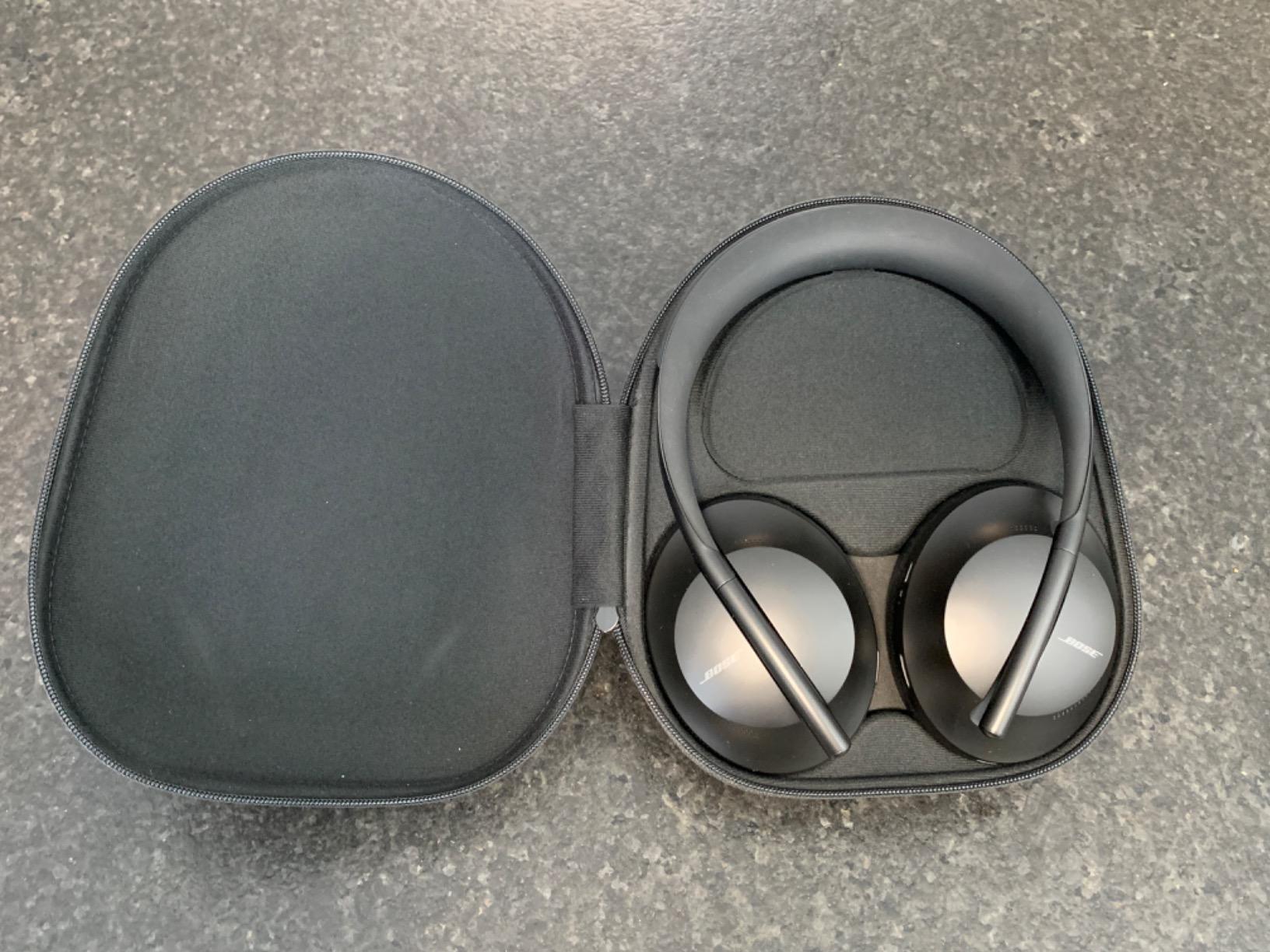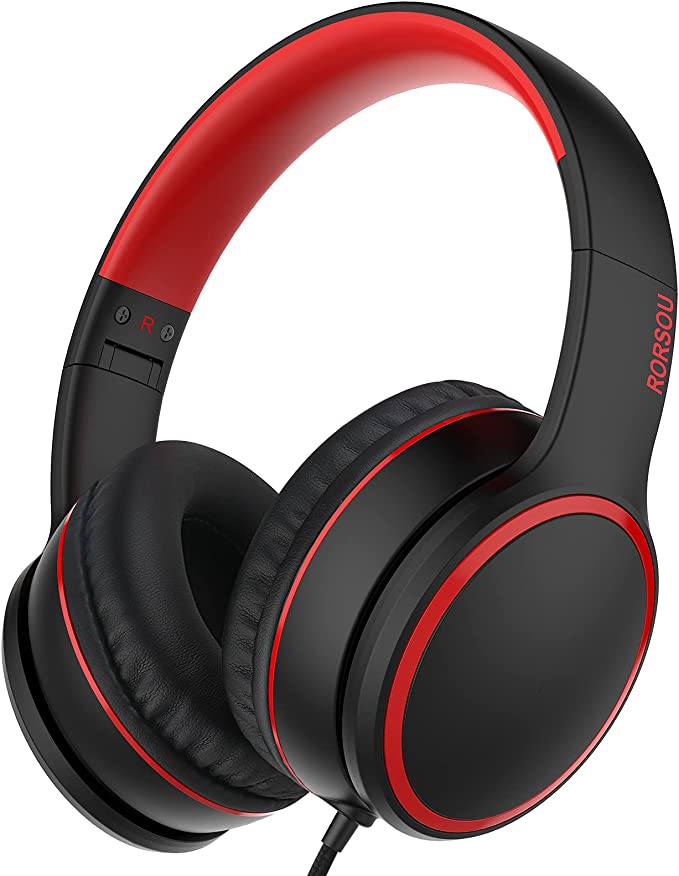WILLMOOD PCEL0008 Wireless Bluetooth Headphones: 70-Hour Playtime & Comfort
Update on March 20, 2025, 5:51 p.m.
Headphones. Those ubiquitous companions that accompany us on our commutes, fuel our workouts, and provide the soundtrack to our workdays. They’ve become so ingrained in our daily lives that we often take them for granted. But have you ever stopped to consider the intricate technology packed into these seemingly simple devices? The journey from the crackling, rudimentary earphones of the late 19th century to the sophisticated wireless headphones of today is a testament to human ingenuity. The WILLMOOD PCEL0008 Wireless Bluetooth Headphones represent a significant step in this ongoing evolution, offering a compelling blend of comfort, long battery life, and personalized sound. Let’s delve into the science that makes it all possible.
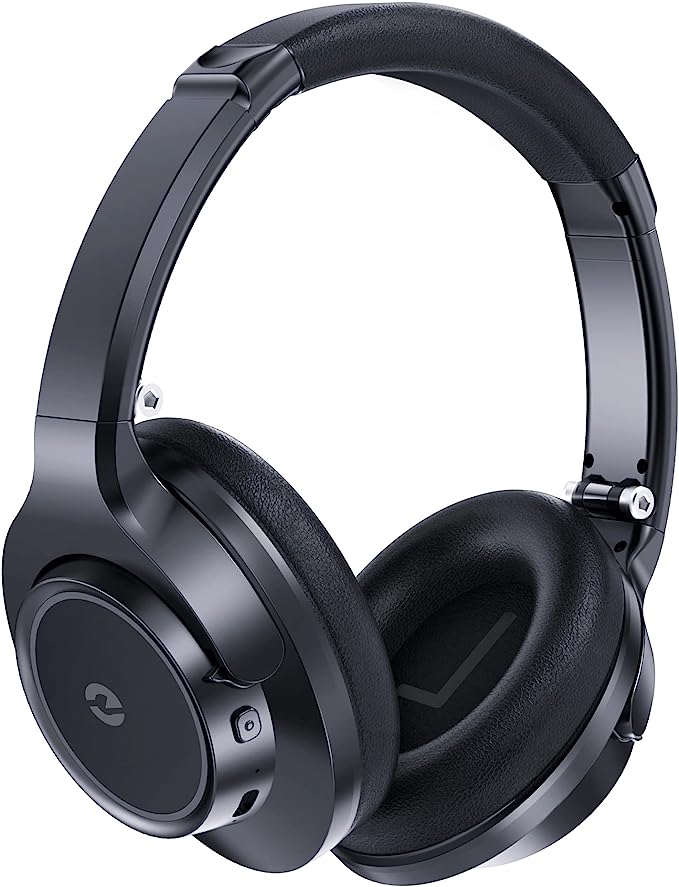
The Comfort Conundrum: Why Do Some Headphones Hurt?
We’ve all experienced it: that nagging ache, that persistent pressure, that eventual throbbing pain that forces you to rip your headphones off mid-song. Why do some headphones feel like torture devices after just a short period of use? The answer lies in ergonomics – the science of designing products to fit the human body comfortably and efficiently.
Think of your ears. They’re complex structures, each unique in shape and size. A one-size-fits-all approach to headphone design simply doesn’t work. Poorly designed headphones can put excessive pressure on the sensitive cartilage and skin of the ear, leading to discomfort and even pain over time. This is especially true for over-ear headphones, which enclose the entire ear.
A Pillow for Your Ears: The Science of Comfort in the WILLMOOD PCEL0008
The WILLMOOD PCEL0008 tackles the comfort challenge head-on with a thoughtful, multi-pronged approach. First, let’s talk about the earcups. They’re crafted from protein memory foam, a material far superior to the cheap foam found in many budget headphones. Protein memory foam, also sometimes referred to as “artificial protein leather,” is a viscoelastic polyurethane foam that’s been treated to increase its density and viscosity.
What does that mean in plain English? It means the foam is incredibly soft and pliable, molding itself to the unique contours of your ear. This distributes pressure evenly, eliminating those painful pressure points that can make other headphones unbearable. The “memory” aspect refers to the foam’s ability to slowly return to its original shape after being compressed, ensuring a snug yet gentle fit every time you put them on. It’s also significantly more breathable than traditional foam, helping to reduce heat and sweat buildup during long listening sessions.
Beyond the earpads, the PCEL0008 features an adjustable headband and 90-degree rotating earcups. This isn’t just about accommodating different head sizes; it’s about achieving optimal contact pressure. The headband, constructed from durable yet flexible ABS material, allows you to find the perfect balance between a secure fit and a gentle hold. The rotating earcups further enhance this by allowing you to adjust the angle at which the earcups sit against your ears, ensuring a personalized and comfortable fit, regardless of your head shape. The lightweight design, a mere 0.4 pounds, minimizes the overall burden on your head and neck.
The Endless Soundtrack: Unpacking 70-Hour Battery Life
Imagine listening to your favorite music for three days straight without needing to recharge your headphones. That’s the freedom offered by the WILLMOOD PCEL0008’s remarkable 70-hour battery life. This isn’t magic; it’s the result of advancements in lithium-ion battery technology.
Lithium-ion batteries, the workhorses of the portable electronics world, store energy through the movement of lithium ions between two electrodes: an anode (typically graphite) and a cathode (often a lithium metal oxide). When the battery discharges (powers your headphones), lithium ions flow from the anode to the cathode, releasing energy. When you charge the battery, the process reverses.
The PCEL0008’s 600mAh battery capacity is significantly larger than that of many competing headphones. “mAh” stands for milliampere-hour, a unit of electrical charge. A higher mAh rating means the battery can store more energy, resulting in longer playback time. Combine this with the energy efficiency of Bluetooth 5.1, and you get a headphone that can truly go the distance. And, with the rapid charge capability giving 3 hours playing time in 5 min charge, there is no need to worry.
A Brief History of Wireless Freedom: From Morse Code to Bluetooth 5.1
The ability to listen to music wirelessly seems commonplace now, but it’s a relatively recent development in the grand scheme of technological history. It all started with the discovery of radio waves in the late 19th century. Pioneers like Guglielmo Marconi demonstrated that information could be transmitted wirelessly using electromagnetic waves. Early wireless communication relied on Morse code, but the seeds of wireless audio were sown.
Fast forward to the late 20th century, and the need for a short-range, low-power wireless communication standard became apparent. Bluetooth, named after a 10th-century Danish king, emerged as the solution. The first version of Bluetooth, released in 1999, was a far cry from today’s technology. It was plagued by connection issues and high power consumption.
Bluetooth 5.1, the version used in the PCEL0008, represents a significant leap forward. It offers several key advantages:
- Reduced Power Consumption: Bluetooth 5.1 incorporates features that minimize energy usage, contributing to the PCEL0008’s extended battery life.
- Enhanced Connection Stability: Advanced connection algorithms and improved signal processing result in a more robust and reliable connection, even in environments with interference from other wireless devices.
- Faster Data Transfer: While audio streaming doesn’t require massive bandwidth, faster data transfer speeds contribute to quicker pairing and a more responsive overall experience.
- Dual Device Connectivity: You can be connected to two source devices.
The Invisible Symphony: How Sound Works
To truly appreciate the sound quality of any headphone, it’s helpful to understand the fundamentals of sound itself. Sound is, at its core, vibration. When an object vibrates, it creates pressure waves that travel through a medium, such as air, water, or even solids. These pressure waves are what our ears detect as sound.
These vibrations are characterized by their frequency and amplitude. Frequency, measured in Hertz (Hz), refers to the number of vibrations per second. We perceive frequency as pitch: a high-frequency sound is high-pitched (like a whistle), while a low-frequency sound is low-pitched (like a bass drum). The human ear can typically hear sounds ranging from 20 Hz to 20,000 Hz (20 kHz), although this range can diminish with age and exposure to loud noises.
Amplitude, on the other hand, refers to the intensity of the vibration – how much the air pressure changes. We perceive amplitude as loudness. The larger the amplitude, the louder the sound.
Inside your headphones, the drivers are responsible for converting electrical signals into these sound waves. The PCEL0008 uses 40mm dynamic drivers. The size of the driver is important because a larger driver can generally move more air, resulting in a fuller, more powerful sound, especially in the lower frequencies.
Your Personal Sound Mixer: Exploring EQ Modes and the WILLMOOD PCEL0008
The WILLMOOD PCEL0008 isn’t just about delivering sound; it’s about delivering your sound. The three built-in EQ (equalization) modes – Bass, Vocal, and Pop – allow you to tailor the audio to your preferences and the type of music you’re listening to.
Think of an EQ as a set of sophisticated tone controls. It allows you to adjust the relative levels of different frequency ranges. Here’s how the PCEL0008’s EQ modes shape the sound:
- Bass: This mode boosts the low frequencies (roughly 20 Hz to 250 Hz). This adds “punch” and “power” to the sound, making it ideal for genres like hip-hop, electronic dance music (EDM), and rock, where the bassline and drums are prominent.
- Vocal: This mode emphasizes the mid-range frequencies (roughly 250 Hz to 4 kHz), where the human voice typically resides. This brings vocals to the forefront, making them clearer and more intelligible. This is perfect for podcasts, audiobooks, and vocal-centric music.
- Pop: This mode typically offers a slightly “smiley” EQ curve, with a boost in both the bass and treble frequencies, and a slight dip in the midrange. This creates a sound that is often perceived as more “exciting” and “dynamic,” suitable for a wide range of popular music genres.
The Science of Silence: Understanding Passive Noise Isolation
While the WILLMOOD PCEL0008 doesn’t feature active noise cancellation (ANC), a technology that uses microphones and electronic processing to cancel out ambient noise, it does provide effective passive noise isolation. Passive noise isolation relies on the physical design of the headphones to block out sound.
The over-ear design of the PCEL0008 is crucial here. By completely enclosing the ear, the earcups create a physical barrier that prevents external sounds from reaching your eardrums. The thick, protein memory foam padding further enhances this effect, creating a tight seal that minimizes sound leakage. Think of it like closing a window to muffle the sounds of traffic outside. The better the seal, the more effective the noise isolation.
Beyond the Specs: The Future of Headphone Technology
The Willmod PCEL0008 is a snapshot of the present.
The future of headphones is likely to be even more exciting. We can anticipate advancements in several key areas:
-
Smarter Headphones: Integration with AI assistants will become more seamless, allowing for voice control, personalized sound profiles, and even real-time language translation.
-
Biometric Monitoring: Headphones may incorporate sensors to track heart rate, body temperature, and even brainwave activity, providing valuable health and wellness data.
- Augmented Audio Reality: Imagine headphones that can intelligently filter and enhance the sounds around you, allowing you to focus on specific conversations or sounds while suppressing unwanted noise. This goes beyond simple noise cancellation, offering a more nuanced and controllable auditory experience.
- Lossless Wireless Audio: While Bluetooth has made significant strides, achieving true lossless audio quality wirelessly remains a challenge. Future advancements in codecs and wireless transmission technologies may finally bridge this gap.
- Sustainable Materials: As environmental concerns grow, we can expect to see greater use of recycled and sustainable materials in headphone construction.
The WILLMOOD PCEL0008, with its focus on comfort, long battery life, and customizable sound, provides a solid foundation for these future innovations. It demonstrates that high-quality audio experiences don’t have to come at a premium price, making advanced headphone technology accessible to a wider audience.
Listen Responsibly:
While enjoying the immersive audio experience provided by headphones like the PCEL0008, it’s crucial to be mindful of your hearing health. Prolonged exposure to loud sounds can cause irreversible hearing damage. Here are some tips to protect your ears:
- The 60/60 Rule: A good guideline is to listen at no more than 60% of the maximum volume for no more than 60 minutes at a time.
- Take Breaks: Give your ears regular breaks from headphone use, especially during long listening sessions.
- Be Aware of Your Surroundings: When using headphones outdoors, be mindful of your surroundings and ensure you can hear important sounds like traffic.
- Consider Volume-Limiting Headphones: Some headphones have built-in volume limiters, which can help prevent accidental exposure to excessively loud sounds.
- Regular hearing check
By combining great technology with responsible listening habits, you can enjoy the benefits of headphones like the WILLMOOD PCEL0008 for years to come, without compromising your hearing health. The pursuit of perfect sound should always be balanced with the preservation of our ability to hear it.
